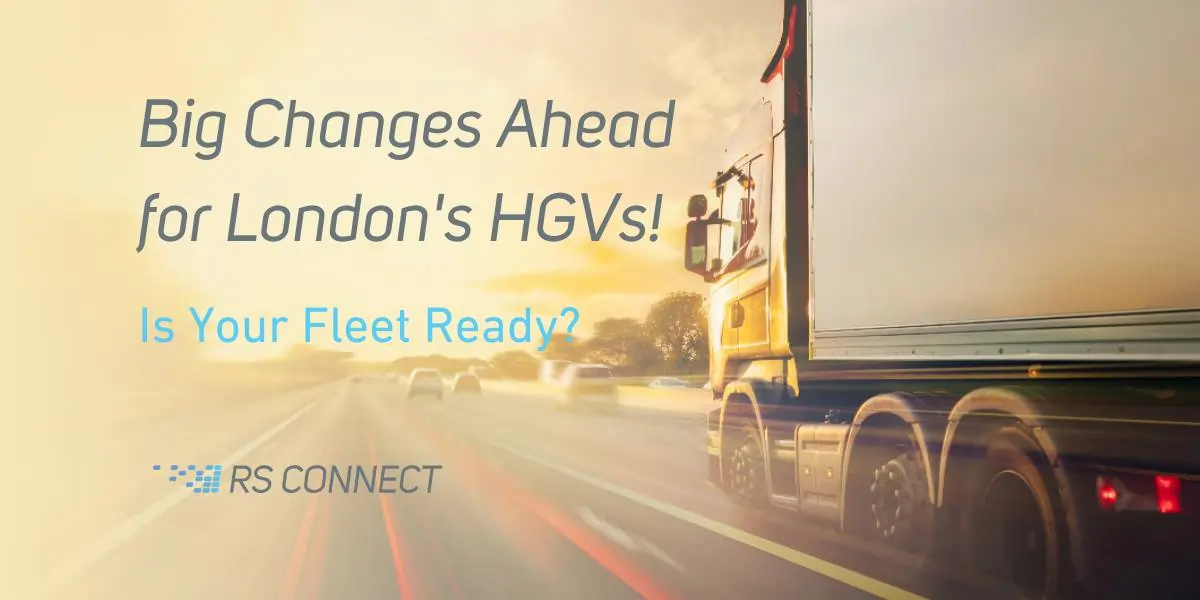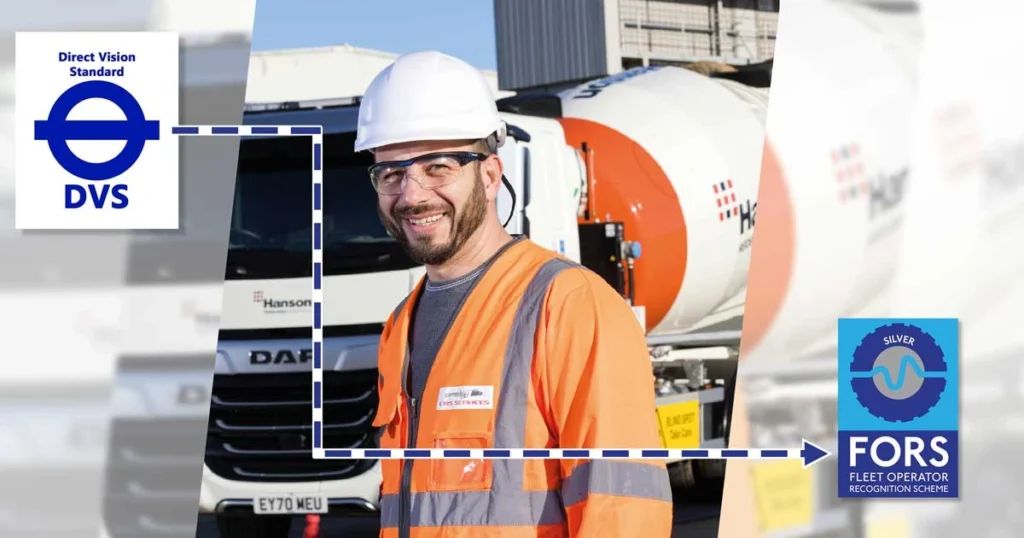DVS and What It Means for HGV Fleet Operators
June 5, 2023
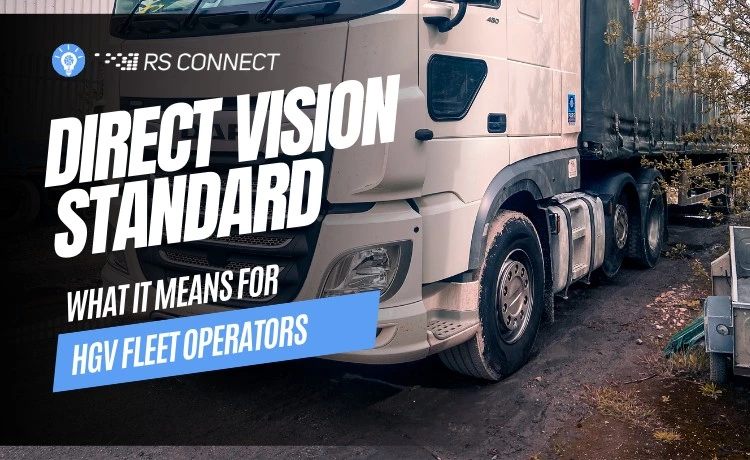
Future proof Your Fleet
Progressive Safe System Update
The review and consultation for the Progressive Safe System are already underway. Starting from October 2024, the minimum star rating will be increased from one star to three stars. Any HGVs rated below three stars will need to be fitted with a Progressive Safe System. This system will incorporate new and emerging technology or safety equipment not available during the development of the current safe system.
What are the DVS requirements for 2024?
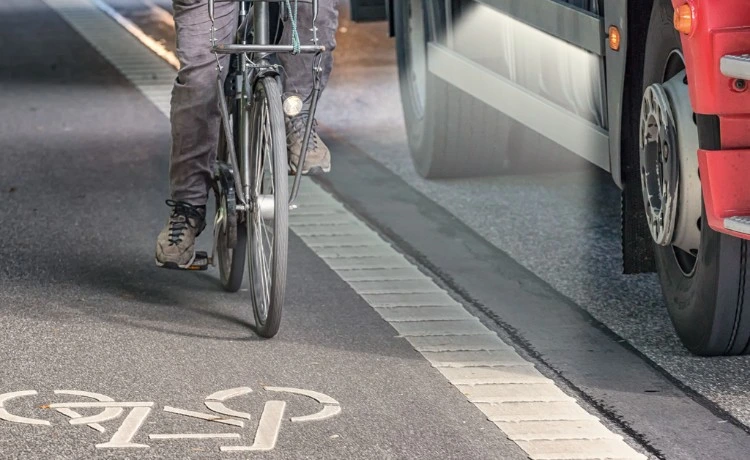
Table Of Contents
The Direct Vision Standard was enacted on March 1st 2021. It mandates that operators of Heavy Goods Vehicles (HGVs), with a gross vehicle weight exceeding 12 tonnes and a zero star vehicle rating must obtain a safety permit before entering and operating within the majority of Greater London (DVS Zone). This standard presents numerous considerations for fleet operators. Specifically, operators must understand the functioning of the standard, determine their vehicles’ ratings, and evaluate whether additional safety equipment is needed to meet the requirements. Furthermore, they must assess the potential impact of the standard on their operations.
Safety
The DVS aims to minimise risks to vulnerable road users such as cyclists and pedestrians. It measures how much a driver can see directly through their cab windows.
By ensuring your trucks have good visibility, blind spots around the vehicle are eliminated, aiding your drivers in manoeuvring their vehicles safely. This is particularly crucial in city centres where roads can be narrow and bustling with numerous vulnerable road users.
Investing in vehicle safety equipment, (camera systems, sensors, monitors and alarms) especially those meeting the DVS requirements, can help your business reduce accident rates and improve safety. It also helps in reducing the risks and consequences associated with collisions such as delayed deliveries, costly downtime, high insurance premiums, and other associated costs.
DVS PCNs and Fines
One of the biggest considerations for HGV fleet operators when it comes to the Direct Vision Standard is the potential fines. If your HGVs operate in London without the required HGV safety permit, your company may be liable for a fine of up to £550. In addition the driver is fined £130. This is applicable not only when your vehicles are operating in London but also when they are merely passing through; you may still be fined.
Before seeking assistance with DVS compliance, many of our clients encountered this issue. Since its launch in 2021, TFL revealed that they had issued 71,300 fines over the first 12 months since the program’s commencement.
These penalties amount to over £48 million. This highlights the importance of ensuring compliance with the DVS regulations to avoid substantial financial consequences for businesses operating HGVs in the London area.

Fines For Drivers Too
In cases of non-compliance with DVS, it’s not only the operator who may face fines; drivers are also at risk, with potential fines reaching £130. Such consequences can create tensions and strain relationships between fleet managers and drivers.
Therefore, it’s of paramount importance for transport managers to clearly communicate and collaborate with their drivers. While transport managers are indeed keen on maintaining high levels of productivity, you should also remember that it must never compromise the safety or the wellbeing of the drivers. The mutual understanding and cooperation between transport managers and drivers are essential for both the success of the business and the welfare of the employees.
Reduce The Risk Of Fines
While the fines might seem small, accruing several PCNS affect your bottom line, disrupt relationships with your drivers, and could even jeopardise your business. To mitigate this risk, it’s advisable to assess the volume of work you undertake in the DVS zone and look at routes that pass through this zone.
Utilising your fleet management software, fleet tracking, or telematics platform can aid in establishing this overview. Once you gain a comprehensive understanding of the situation, you’ll be better positioned to identify which vehicles don’t meet the minimum requirements and devise a suitable plan of action.
Make Sure Your Vehicle Safety Equipment Works
As a fleet operator, conducting daily vehicle checks is vital. Alongside verifying your vehicles’ roadworthiness, it’s equally important to ensure your vehicle safety equipment is functioning correctly. While enforcement is primarily by ANPR, there might be a temptation to believe that TFL won’t know if your equipment doesn’t meet the requirements or isn’t functioning. However, enforcement is also supplemented by on-street enforcement activities undertaken by the Compliance Policing and On-Street Services (CPOS) Road and Vehicles team.
A year after the launch, the team reported 670 cases where vehicles either lacked a permit or did not possess safety equipment that met permit requirements after conducting 2421 spot vehicle checks. Various factors contributed to vehicles failing to meet the scheme’s requirements, with these mainly revolving around defective or non-existent equipment.
Benefits Of The Direct Vision Standard
Safety First
Beyond the risk of fines, defective equipment poses a significant danger to both the driver and vulnerable road users. Crucial components such as left turn alarms and sensors are vital for safe operation and should never fail. Each year, many accidents involving HGVs result in fatalities, particularly among vulnerable road users like pedestrians and cyclists. Therefore, as a fleet operator, prioritising safety is not just a requirement, but a responsibility of utmost importance.

Apply For More Work.
Installing vehicle safety equipment, such as those required for the DVS safe system, can create new business opportunities. If your vehicles are DVS compliant for London, you’ll be able to take on any work within the city without incurring fines. Furthermore, many contractors and clients might require their entire supply chain to adhere to standards like FORS Bronze or Silver to be considered as a supplier.
In addition to requirements like Euro 6, contractors often look for evidence of further commitment to safety standards, such as DVS. This is particularly important if your business engages in contractual and “subby” work. Highlighting your fleet’s DVS compliance, adherence to FORS, and other vehicle safety schemes in your advertising can also enhance your appeal to potential clients and contracts
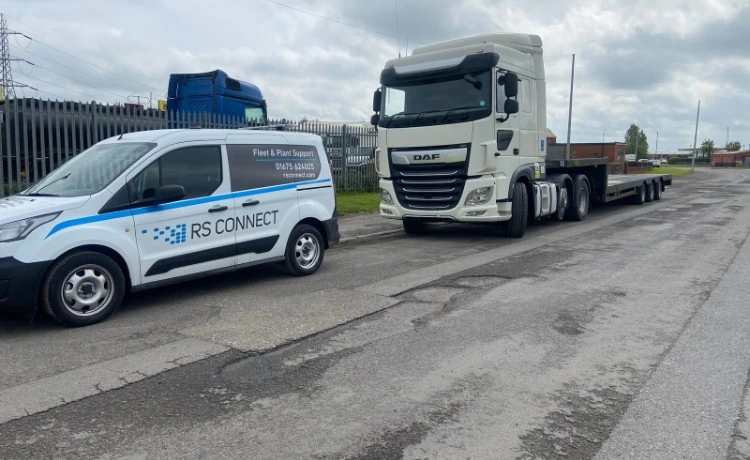
Potential Future Expansion
The DVS has been widely successful. In less than two years, London has already seen a reduction in fatal collisions involving HGVs, where vision is cited as a contributing factor. The overall number of serious injuries involving HGVs in 2021 has also decreased by 64 per cent since 2017, dropping from 48 to 17. Given its success, it’s worth considering that other locations in the UK and Europe might adopt this standard in the future.
Various safety schemes, such as CLOCS, FORS, HS2, and DVS, share similarities in their requirements. Therefore, investing in safety equipment could help you meet various vehicle safety standards. For instance, if you already have a FORS Bronze system fitted, you might only need a few additions for your system to satisfy DVS requirements as well.
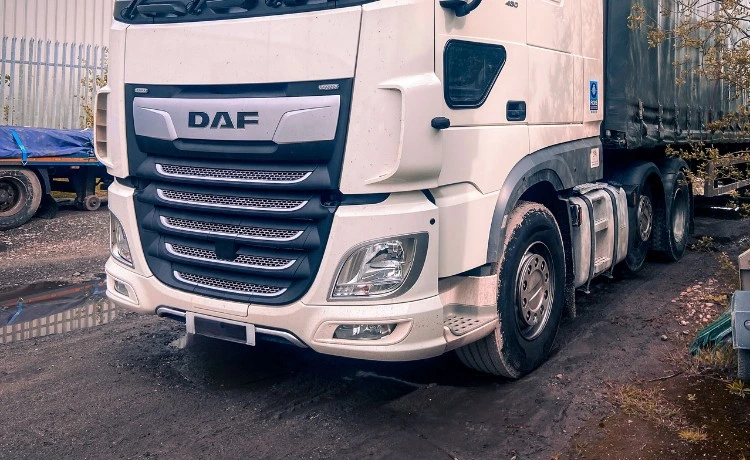
Need Support With DVS?
If you have any questions about the Direct Vision Standard or the equipment your vehicles need, please get in touch with us today. We are experts in vehicle safety, backed by a nationwide team of technicians who fit equipment and ensure our customers’ vehicles are compliant. You can also look at the HGV Safety Permit guidance for operators entering London from TFl.

